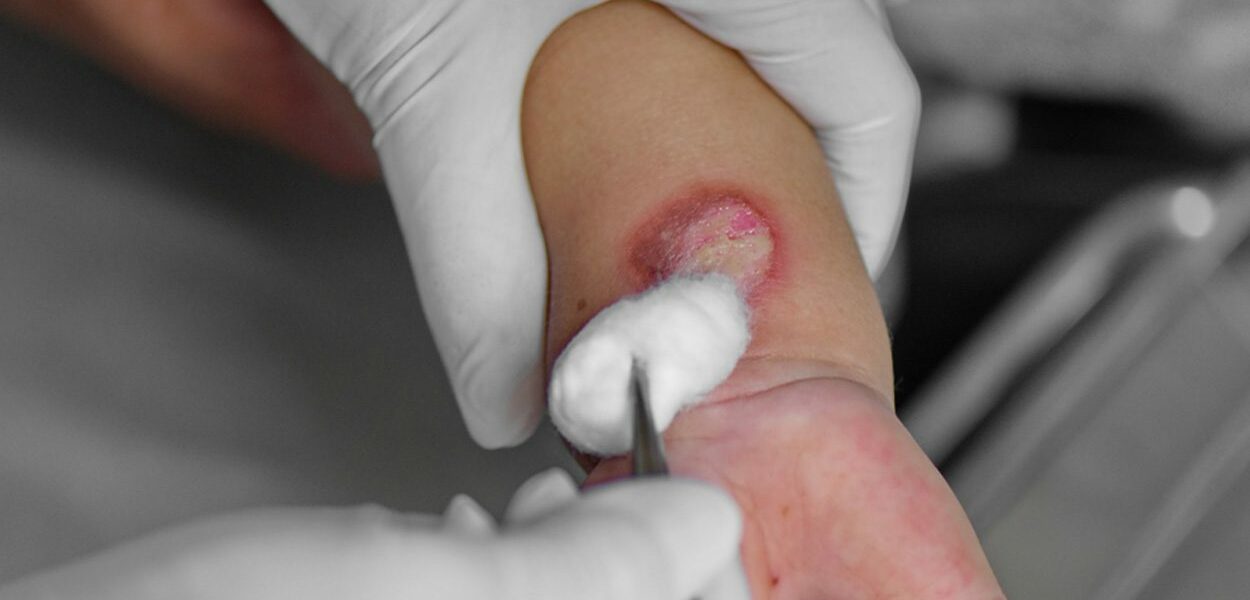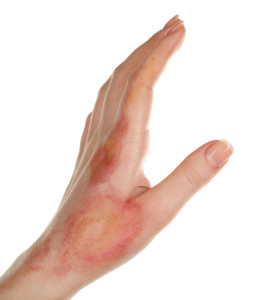How can you best care for a second-degree burn and prevent a scar? You will find a step-by-step plan in this article – which you can use immediately.
Please note! Consult your doctor first if:
- You have blisters, especially on your face, hands or genitals
- The burn is larger than the palm of your hand
- The burned area is yellowish and does not hurt
- After several days, the burn emits yellow-green fluid
- The burn again becomes redder and more painful after a few days
- It concerns your baby or toddler
Characteristics of second degree burns
There are 2 types of second-degree burns: superficial and deep.
Characteristics of superficial second degree burns:
- Your epidermis (outer skin layer) is damaged
- Your skin is a shiny, red/pink colour
- Your skin is wet
- Blisters are usually present
- Your skin feels painful
Characteristics of deep second degree burns:
- Your skin is more seriously damaged
- Your skin looks reddish/white
- Your skin is wet
- Blisters are usually present
- Your skin feels very painful
Caring for second degree burns and preventing scars, in 3 steps
Step 1: Cool with lukewarm, running water
Always first cool with running water. For at least 5 minutes, preferably longer. Use lukewarm water, not (ice-)cold – otherwise you run the risk of hypothermia. No running water available? Then use wet cloths.
Step 2: Avoid damage, dirt and infection
Do not pull off clothing that is stuck. Do not touch the burn. Do not apply ointment to the wound. Cover open burns and blisters with a bandage or a clean tea towel or cloth. This prevents further damage, dirt entering the wound and infection.
Step 3: Burn healed closed? Start applying a good scar cream immediately
The chance of scarring after a burn is very high. Your skin tries to repair itself and, as a result, draws moisture from your deeper skin layers. However, your damaged skin cannot retain this moisture. This dries out your skin and it can ‘pull’, is easily irritated and painful and heals in an unsightly way (i.e. a scar forms).
Regular application of a scar cream to your skin (to lubricate, moisturize and ensure that your skin again retains moisture) will relieve your complaints and prevent scarring.
ALHYDRAN: scar cream with proven effectiveness
ALHYDRAN is one of the few scar creams scientifically proven to be effective. Our customers’ experiences also speak volumes.

